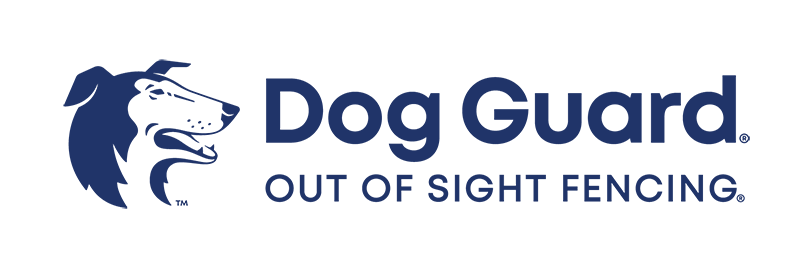As a dog owner, you know how curious and mischievous our furry friends can be. They love to explore their surroundings, and sometimes that includes eating things that they shouldn't. One of the most dangerous substances that dogs can ingest is chocolate. Chocolate contains a chemical called theobromine that can be toxic to dogs in large quantities. So what should you do if your dog eats chocolate? Here are the steps you should take.
Assess the situation
The first thing you should do is assess how much chocolate your dog has eaten and what type of chocolate it is. Dark chocolate and baking chocolate are the most toxic, while milk chocolate is less so. White chocolate contains very little theobromine, so it's not as dangerous. If your dog has eaten a small amount of milk chocolate, they may not show any symptoms. However, if they've eaten a large amount of dark or baking chocolate, they could become very ill.
Call your vet
If you suspect that your dog has eaten chocolate, the next step is to call your veterinarian. They will be able to advise you on what to do based on the amount and type of chocolate your dog has eaten, as well as the size and weight of your dog. They may tell you to induce vomiting or to bring your dog in for treatment.
Watch for symptoms
If your dog has eaten chocolate, you should watch for symptoms of chocolate toxicity. These can include vomiting, diarrhea, restlessness, rapid breathing, muscle tremors, seizures, and an elevated heart rate. If your dog shows any of these symptoms, you should seek veterinary treatment immediately. In severe cases, chocolate toxicity can be fatal.
Induce vomiting (if advised by your vet)
If your vet advises you to induce vomiting, you can do so by giving your dog a small amount of hydrogen peroxide. The recommended dosage is 1 teaspoon of hydrogen peroxide per 5 pounds of body weight, up to a maximum of 3 tablespoons. Mix the hydrogen peroxide with a small amount of water or food to make it more palatable, then give it to your dog. After 10-15 minutes, your dog should start to vomit. If they don't, you can repeat the process once more. It's important to note that you should only induce vomiting if advised to do so by your veterinarian.
Bring your dog to the vet (if advised)
If your dog has eaten a large amount of chocolate or is showing symptoms of chocolate toxicity, your veterinarian may advise you to bring your dog in for treatment. Treatment may include inducing vomiting, administering activated charcoal to absorb any remaining chocolate in the stomach, and providing supportive care to manage any symptoms. In severe cases, hospitalization may be necessary.
Prevent future incidents
The best way to prevent your dog from eating chocolate is to keep it out of reach. Store chocolate in a high cabinet or on a shelf that your dog can't access. Don't leave chocolate lying around on counters or tables. If you have children, make sure they know not to share chocolate with the dog. You can also consider purchasing dog-safe treats or toys to keep your dog occupied and less likely to be interested in human food.
In conclusion, if your dog eats chocolate, the most important thing you can do is to stay calm and take action. Call your veterinarian and follow their advice, watch for symptoms of chocolate toxicity, and take steps to prevent future incidents. With the right care, your dog can make a full recovery from chocolate toxicity. Remember to always be mindful of what your dog has access to and keep potentially harmful substances out of reach. You can use our room transmitters to keep your dog off the counters.

